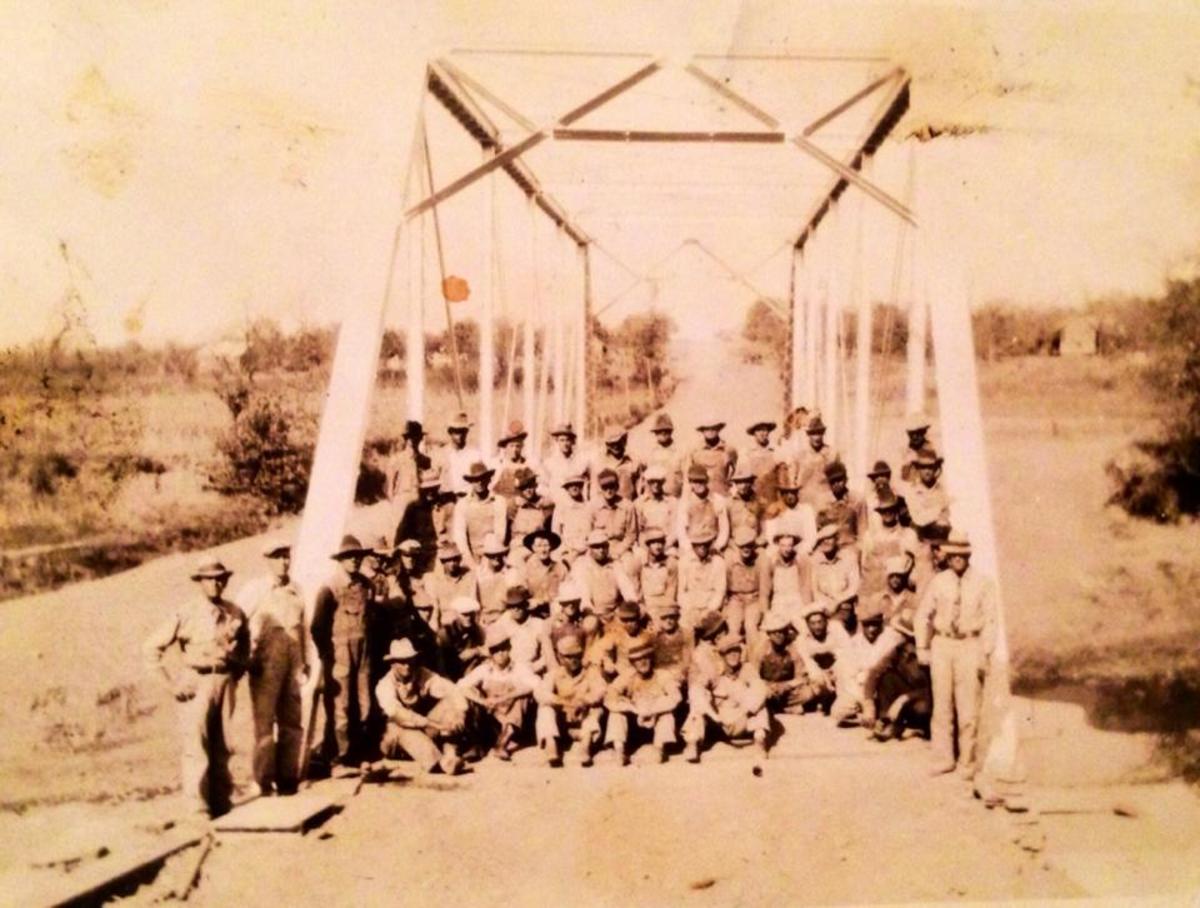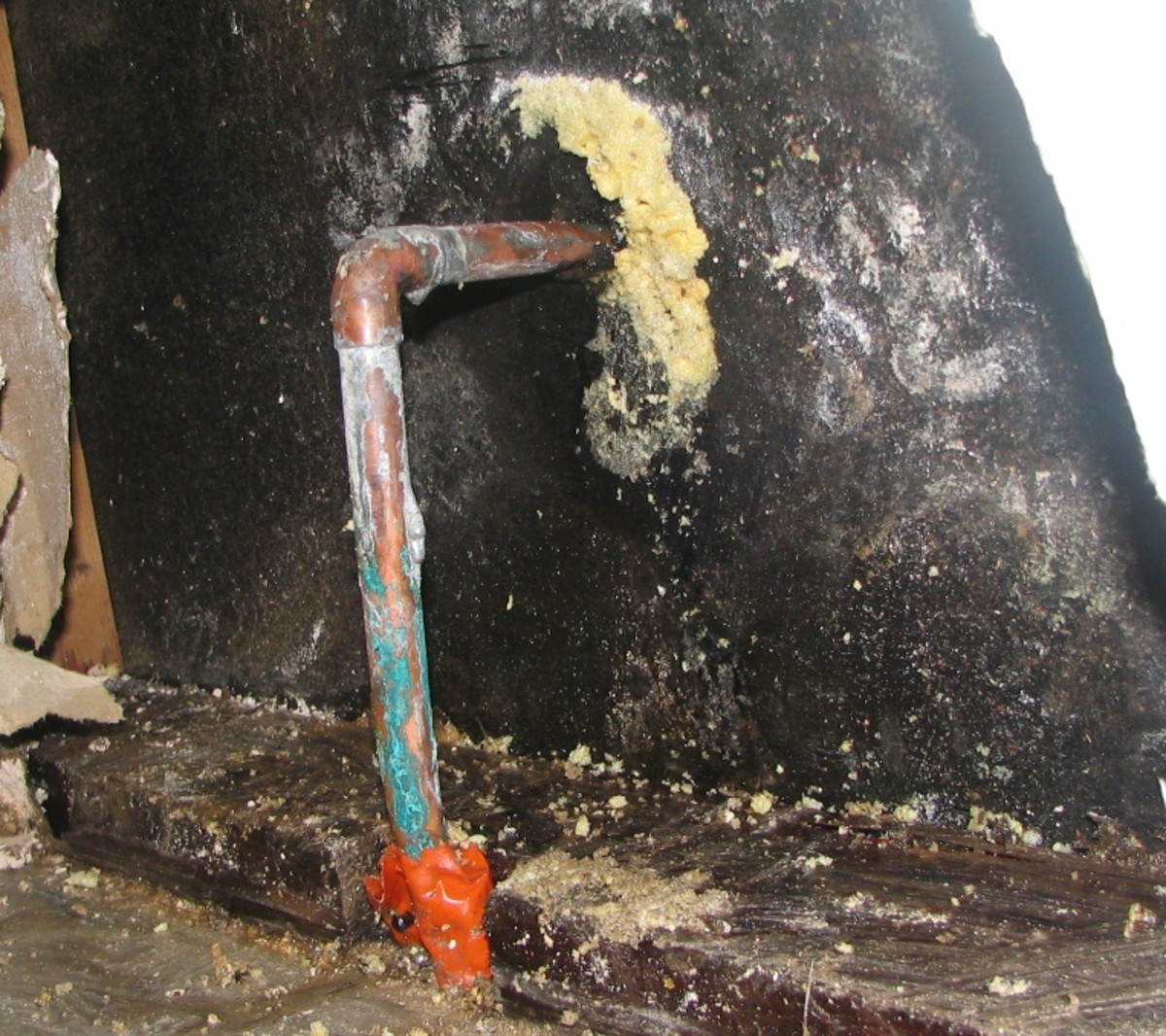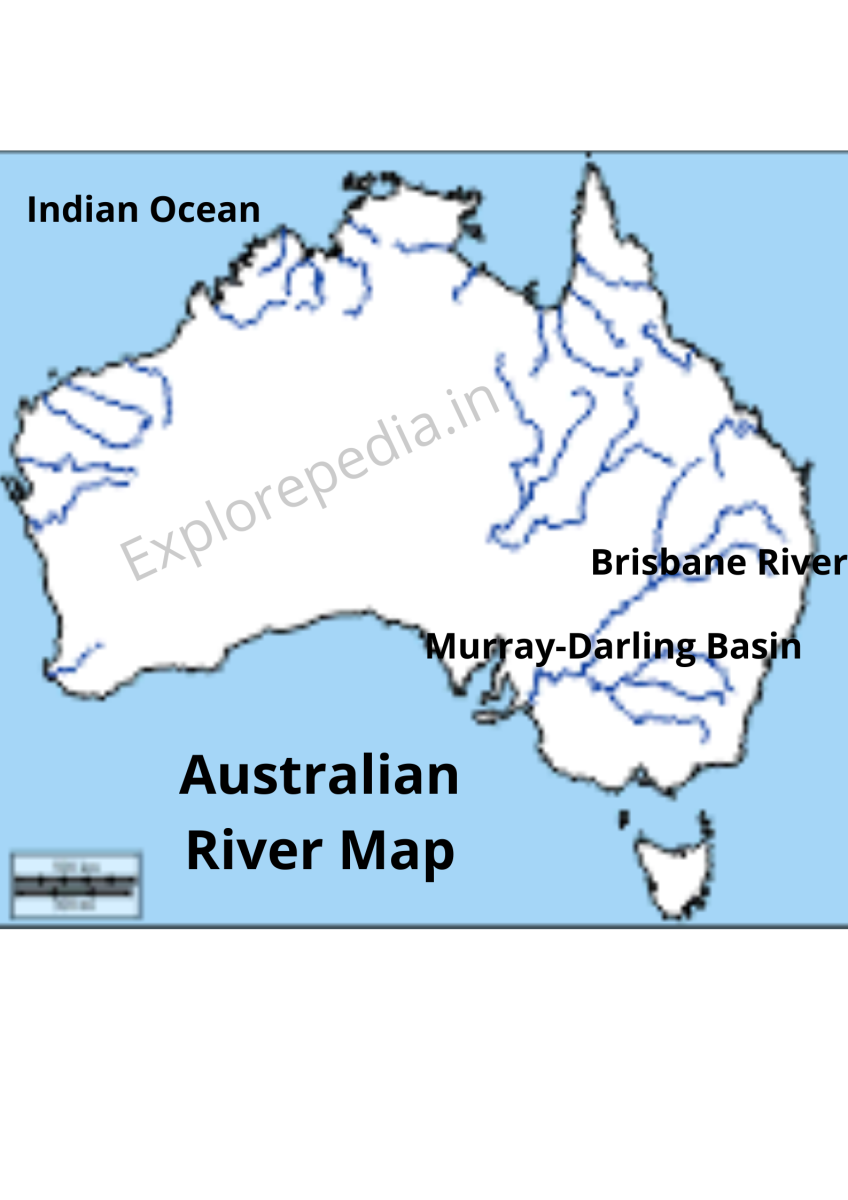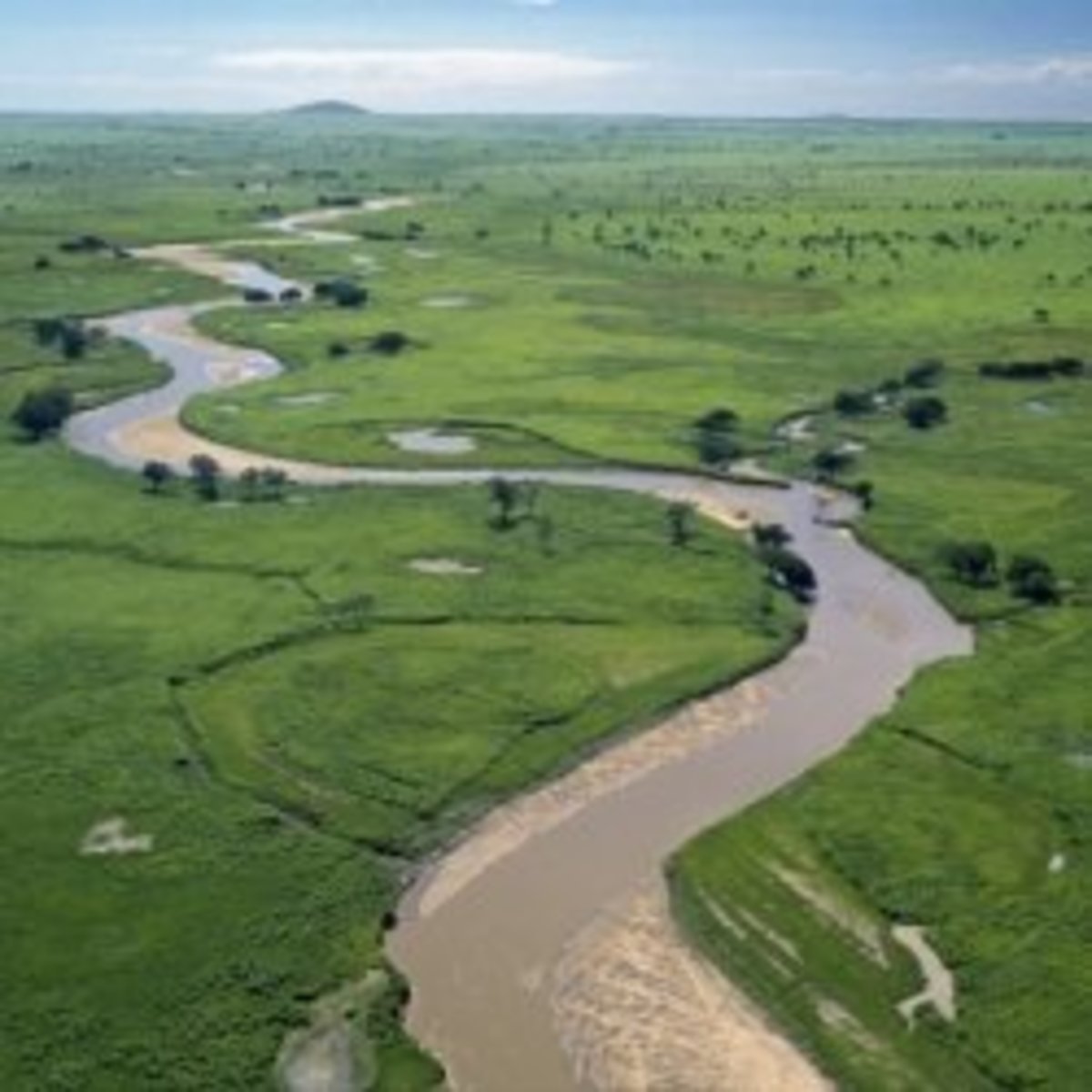Bangladesh Floods in 1998
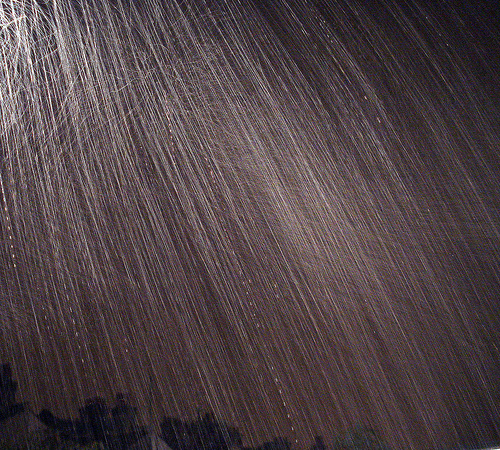
In 1998 Bangladesh suffered some of its worse floods in a 40 year period, the severity of the flood lead to in excess of 1000 deaths and 30 million Bangladeshis being displaced, the flood was caused and exacerbated by a mixture of human and natural factors, spanning from Himalayan deforestation, to the very geology of Bangladesh. In this report we will study that causes and effects of this natural disaster, responses and flood management.
Physical (Natural) causes
Bangladesh is a very flat country - some 73% of its land area is less than a metre above sea level and 79% of the country is part of the floodplain.The country also receives large amounts of water passing through it with a few major rivers (the Ganges and Brahmaputra) meeting and forming a huge delta formed from silt deposited by the river as it enters the sea. Both rivers have very large volumes of water flowing through them to the ocean as they have large drainage areas making floods likely. Cyclones are also a risk as flood surges are funneled up the bay of Bengal especially during the monsoon - the annual torrential rains which result in the rivers exceeding their capacity and flooding. In the spring melting snow from the Himalayas further increases the flood risks as melt water enter the rivers.
Human Causes
Increasing population pressures in the foothills of the Himalayas have led to more deforestation and it is believed that this reduction in interception has resulted in more water entering the rivers - some 92% of the area drained by the rivers being in countries other than Bangladesh. The risk from flooding is exacerbated by population and social issues in countries other than its own, making it increasingly difficult to tackle the problems. Deforestation in the headwaters is also responsible for the increased soil erosion which has led to large amount of silt being washed into the rivers and subsequently being deposited on the river bed, reducing its channel capacity and increasing the risk of flooding. The water table has also been lowered due to the sinking of many new wells due to a growing population and the subsequent subsidence of land making it even more prone to flooding. Lastly, as the country is very poor, its lack of money and heavy national debt means that little money is available to spend on flood protection and defences - many existing defenses lack upkeep and are falling in to disrepair.
Effects
Over 60% of the country was covered by water and the capital, Dhaka, was underwater in addition 30 million people were made homeless and 1,070 people died as a result of people being killed by drowning in the flood waters and health problems after the floods such as contamination of water by waste and dead bodies / animals, and the lack of a clean water supply resulted in the spread of disease such as cholera and typhoid. Food supplies were severely affected as flooding destroyed the rice stocks with a total of 600,000 hectares of crops being destroyed devastating the economy - Bangladesh’s export industries saw a 20% reduction in production with over 400 factories forced to close. Also, communications became difficult, with shipping impossible in the main port, as well as roads and railways having been swept away making the distribution of aid and the rescue operation very difficult.
Responses
Short Term
Following the 1998 floods a number of short term flood relief measures were put in place to try to minimize loss of life - these included:
- International food aid programmes
- The distribution of free seed to farmers by the Bangladesh government to try and reduce the impact of food shortages - the government also gave 350,000 tones of cereal to feed people.
- Volunteers / aid workers worked to try and repair flood damage.
Long term
Embankments are being created along the river to increase channel capacity and restrict flood waters - however since 1960, 7000km of flood embankments have been constructed and yet many were breached in the these floods. Flood protection shelters (large buildings raised above the ground) to shelter both people and animals and emergency flood warning systems with plans made for organizing rescue and relief services have been created.Emergency medical stores and flood proof storage sheds have been constructed in many villages. Dam construction upstream and major embankments around Dhaka have been suggested however lack of money has meant that these suggestions have not been taken further.

